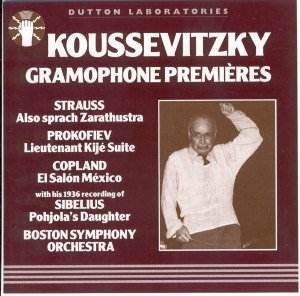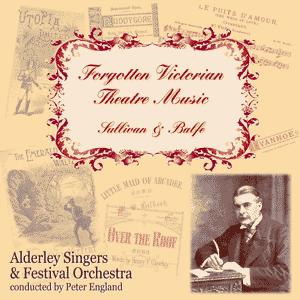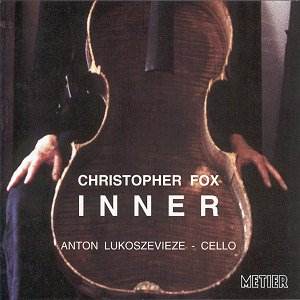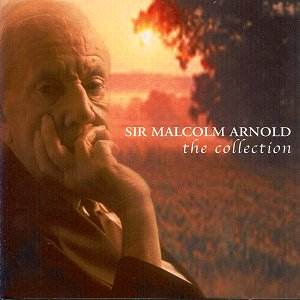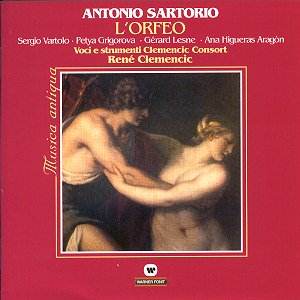 Composer: Antonio Sartorio
Composer: Antonio Sartorio
Works: L’Orfeo
Performers: Voices and instruments of the Clemencic Consort/René Clemencic
Recording: Teatro Goldoni, Venice, Italy, October 1997
Label: WARNER
Antonio Sartorio, a notable figure of the Venetian operatic landscape in the late 17th century, composed L’Orfeo during a period marked by the evolution of Italian opera. Premiered in Venice in the 1672-73 carnival season, this opera presents a reinterpretation of the Orpheus myth, diverging from the heroic ideal established by Monteverdi. Instead, Sartorio’s Orfeo is a figure consumed by jealousy, leading to a narrative that subverts the traditional themes of love and loss. The libretto by Aurelio Aureli introduces a complex emotional landscape, wherein Orfeo’s actions are dictated more by passion than noble intent, culminating in a somewhat bleak resignation rather than the poignant redemption typically associated with the myth.
The recording by René Clemencic and the Clemencic Consort draws upon historical performance practices, employing authentic instruments such as gut strings, lute, and viola da gamba, which provide a rich sonic tapestry that is both texturally engaging and stylistically appropriate for the period. The sound engineering captures the live performance ambience well, ensuring that the voices remain distinct against the instrumental backdrop. The clarity of the recording allows listeners to appreciate Sartorio’s intricate vocal lines and the ensemble’s cohesive blend, though it occasionally lacks the vibrancy found in more recent interpretations of similar repertoire.
While the ensemble’s dedication to authenticity is commendable, the individual performances vary in effectiveness. Serio Vortolo’s portrayal of Orfeo is the most significant point of contention; his thin tone struggles to convey the emotional depth required for the character, undermining the dramatic heft of pivotal moments, particularly in the lament on CD3 track 2. The arias, which dominate Sartorio’s operatic framework, generally provide a platform for emotional expression; however, the interpretation occasionally leans towards the perfunctory. This is particularly evident in the contrasting arias, where the dramatic impact could be heightened with more nuanced phrasing and dynamic variation.
The supporting cast, while competent, does not consistently rise to the occasion, leading to a performance that feels more adequate than transcendent. The inclusion of a synopsis and essays in the booklet serves as a useful guide for listeners, although the conflicting nature of some of the information may confuse those less familiar with the context of 17th-century Venetian opera.
Sartorio’s L’Orfeo may not attain the heights of Monteverdi’s seminal works, yet it offers a valuable window into the development of operatic form and narrative complexity during its time. The Clemencic Consort’s recording, while historically significant and presented with attention to authenticity, ultimately suffers from uneven vocal performances and a lack of dramatic immediacy. For those with a specific interest in the evolution of Baroque opera, this mid-price issue warrants consideration, though it may leave broader audiences seeking a more compelling interpretation.
